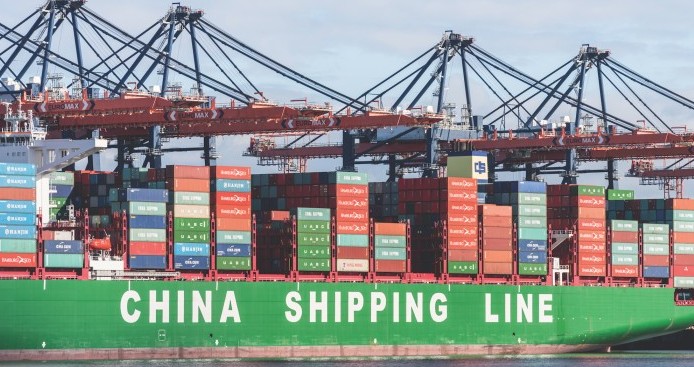Falling Chinese pig prices on the back of a surge of African swine cases is hitting Chinese import volumes and have an impact on the global pork market, according to Rabobank analysts.
China’s pig prices declined sharply in the first half of this year, falling to levels below imported pork prices, with Chinese import levels this year now expected to be up to 20% down on 2020 volumes.
In its latest global pork report, Rabobank identified several reasons behind the price plunge. ASF outbreaks related to a new variant In the first four months of 2021 led to herd liquidation in affected regions, causing a temporary supply surge.
This was followed by the dumping of oversized pigs as farmers abandoned hope of a price rebound and rushed heavy pigs to slaughter, putting extra pressure on supply from April to June. Further disease outbreaks in the south and southwest in late May caused a new round of liquidation in affected regions, Rabobank analysts said.
The sudden supply increase resulted in a sharp price decline and negative results in both farming and trading in the first six months of the year, leading to low pork import levels into China in Q3.
“While we expect hog and pork prices to rebound in Q3, the estimated high frozen pork inventory will impose a lot of downward pressure on prices,” said Chenjun Pan, senior analyst – animal protein at Rabobank.
“We expect the slowdown of imports in the coming months will reduce full year imports from 2020’s record levels by 10% to 20%. This will lead to a redistribution of pork trade in the global market and could place downward pressure on pork prices in exporting regions.”
While Rabobank expects import demand from China to soften in Q3, it is uncertain to what extent different exporting countries will be affected. Price, availability, and freight costs will remain important when considering the impact of softening demand from China, Mr Pan said.
Increased demand from other markets, such as the Philippines and Vietnam, could partially compensate for the potential decline in exports to China, and exporting countries will seek to benefit from the surging demand in these destinations, potentially amplifying competition.
China’s pork production showed strong growth in the first half of the year due to herd liquidation and oversized pigs, as ASF continues to spread, causing ongoing liquidation in specific regions.
Chinese demand growth lags behind supply growth, reflected by the sharp fall in prices. Restocking has slowed, as farmers suffered sizable losses.
Rabobank forecasts that the liquidation of sows over the first two quarters will see a slowing of slaughterings, leading to rising prices. However, the high frozen pork inventory is expected to limit price movements.
European growth, but German problems
Europe registered strong production growth of 5% YOY in the first four months of 2021, due to the COVID-related backlogs in slaughter at the end of 2020 and higher slaughter weights, which were up 1%. However, high feed costs and softening exports will limit production growth in Q3, Rabobank predicts.
Exports to China were down slightly in April, offset by strong shipments to Vietnam and the Philippines.
The Rabobank analysts predict that the recent outbreaks discovered on German domestic pig farms adds new risks to Germany’s non-EU export markets from countries that recently lifted export bans, including Vietnam and Singapore.
German production is already down 2% on the year due to export restrictions put in place after ASF was discovered in wild boar on September 2020.
US prices fall
After reaching record highs in mid-June, US pig prices are lower, stabilising on strong demand and lower production. Disease loss, lighter slaughter weights, and high feed costs will moderate production in the second half of 2021, Rabobank forecasts.
Pork prices remain well ahead of expectations on strong belly and ham demand. Exports declined slightly through May, with weaker sales to China outweighing increases to Mexico, Canada, and Japan.
Brazilian pork production started the year at a good pace, due to 2020’s positive results, mainly in exports. However, high feed costs will discourage further production growth in the coming months in some regions, Rabobank predicts.




